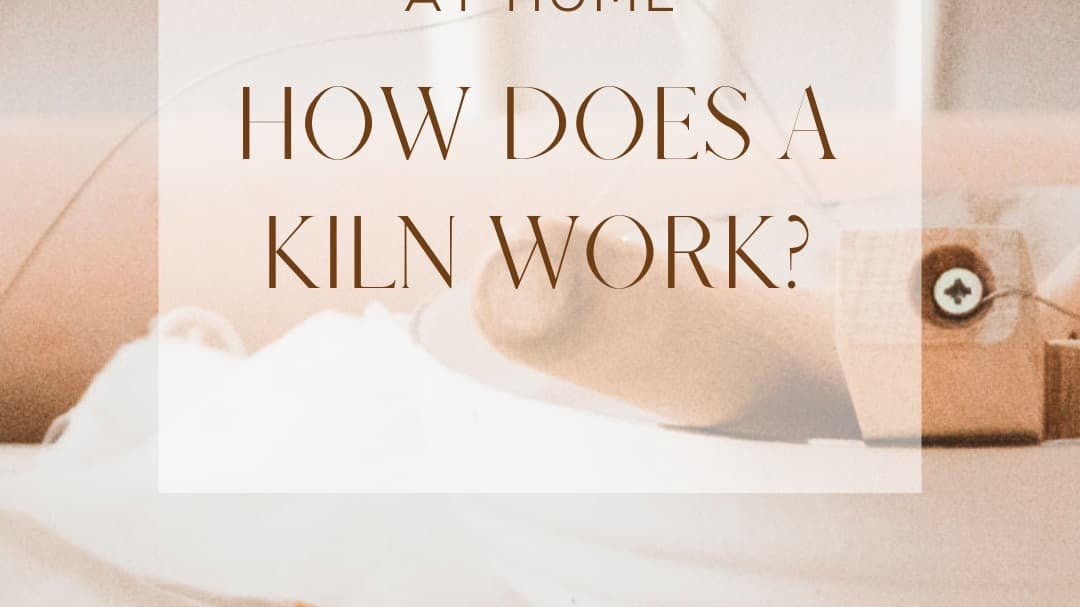

When I started out with my home studio and brought pieces to the kiln to fire, the process of firing seemed very mysterious to me. Sure I understood in theory, but I felt embarrassed asking questions about how a kiln actually works (why does it take so long for me to get my stuff back?) or why a glaze fire needs to be loaded in a certain way?
⠀⠀⠀⠀⠀⠀⠀⠀⠀
We often learn because other people show us and help demystify. As ceramicists, it doesn't matter if you are not operating your own kiln. You do not need to know how to use it, but you should know what your pieces will go through in there.
What does maturing temperature mean? Can I fire all my clays at the same temperature? What are cones?
⠀⠀⠀⠀⠀⠀⠀⠀⠀
Knowledge is power! That is why a section of my online pottery class is dedicated to explaining what happens in a fire and how to work with temperatures.
Below is a short sneak peek of what you can expect to learn from my class.
First things first: ceramics need to be fired twice in order to make functional pieces. I define functional pieces as pieces that are used daily and need to sustain a certain level of stress through washing and use with food and drinks: plates, bowls, cups, mugs, etc.
The first fire is called "bisque fire" and it typically goes to around 900C-960C. Bisqued pottery is usually firm but not food safe and not yet thoroughly water proof. All its pores have not closed completely: it has not yet matured.
The maturing temperature of a clay is the temperature at which the clay and other materials in the clay body bond, become dense and waterproof. A clay body that has not matured will not be strong and durable and will let water and other substances through over time.
After the bisque fire, pieces are then glazed and fired again, in the glaze fire, at higher temperatures. The temperatures can vary between 1080C for earthenware, 1230C-1250C for stoneware 1300C for porcelain.
This high temperature will mature your clay body and transform the glaze into vitreous substance (glass) covering the clay. Yes, glaze is essentially glass!
Clay bodies sold commercially typically have firing ranges: but if you are making functional pieces, it is very important you look at the maturing / sintering temperature of the clay.
So what happens in a kiln?
A kiln is like a big oven, except it goes to very high temperatures. Most electric kilns can go up to 1300C.
A bisque fire usually takes 24 hours to complete. The kiln needs to reach temperature slowly (for instance at a rate of 120C per hour), will stay at that temperature for a while, and then needs to cool down slowly as well.
In a bisque fire, pieces can be stacked over each other as they are not glazed.
A glaze fire takes longer (usually 48 hours) because the kiln needs to reach a higher temperature and then needs to cool down from there. When loading a glaze fire, pieces cannot touch each other and the bottoms need to be free from glaze too, otherwise they will stick to the kiln shelves (which is annoying, believe me).
I hope this was useful! Learn more in my online pottery class: Make Ceramics at home.
